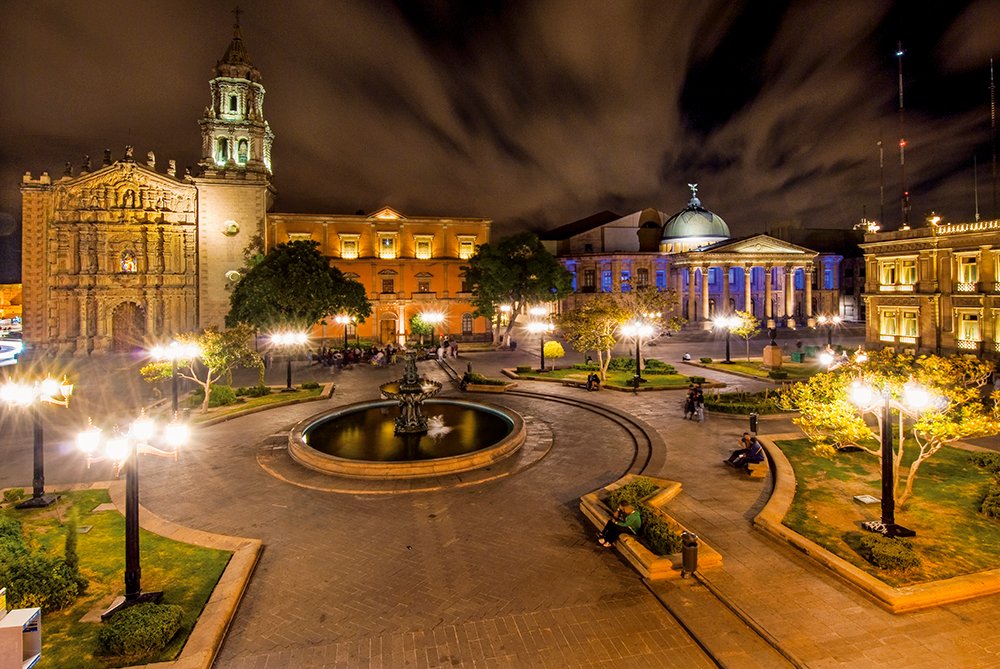Juan Carlos Calvimontes, Deputy Minister, says 260 of Bolivia’s 337 towns report droughts. He blames it on El Niño.
He shared this during a media chat in the Cochabamba department. These drought alerts help the government allocate funds and resources.
About 300,000 families are struggling due to lack of water.
Regions like La Paz, Cochabamba, Santa Cruz, and four others face the worst dry spells. Civil Defense data confirms this.
Potosí, a UNESCO heritage city, also suffers. The local water body began rationing water on September 15 to preserve reserves.
President Luis Arce voiced concern about the water shortage last August. He worries especially about the lack of water in rural areas.

Context
El Niño is a weather phenomenon known for affecting global climates. In Bolivia, it usually causes droughts or heavy rains.
Past El Niño events have hurt Bolivia’s agriculture. Farmers have had to adapt to unpredictable weather patterns. Water scarcity is often the result, making life hard for many.
Bolivia has a history of water-related issues. In the past, cities like La Paz have faced water cuts. Cochabamba saw protests in 2000 against water privatization.
The government then canceled the contract with a foreign company. Bolivia even declared access to water as a human right.
Droughts also affect Bolivia’s natural landscapes. The Uyuni Salt Flats, a major tourist attraction, get impacted.
The reduced water levels can even lead to forest fires. These fires harm both the environment and wildlife.
Bolivia’s economy depends a lot on agriculture. Droughts can lead to bad harvests and food shortages.
This, in turn, raises food prices, affecting low-income families the most. The government has taken steps to mitigate drought effects.
Rainwater harvesting methods are being introduced. New irrigation systems are in the pipeline too.
There’s a focus on sustainable farming techniques.

